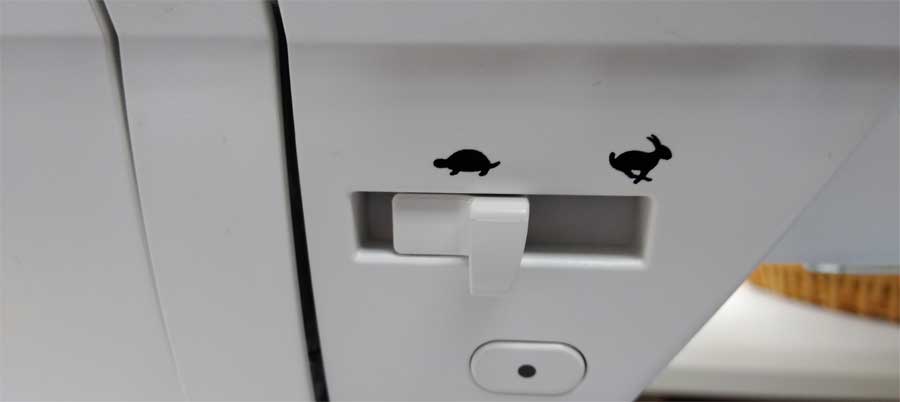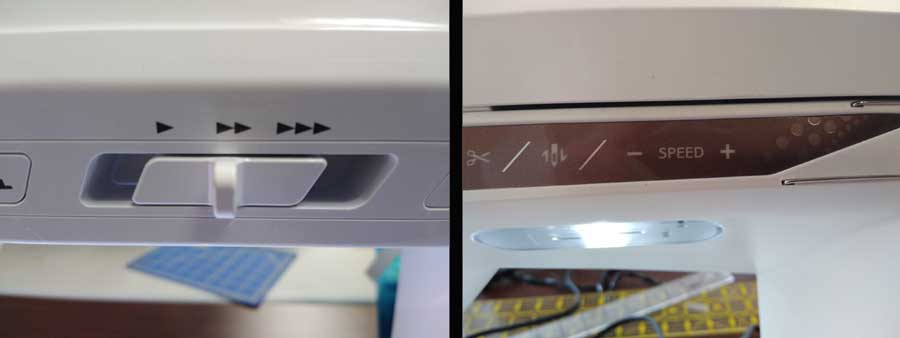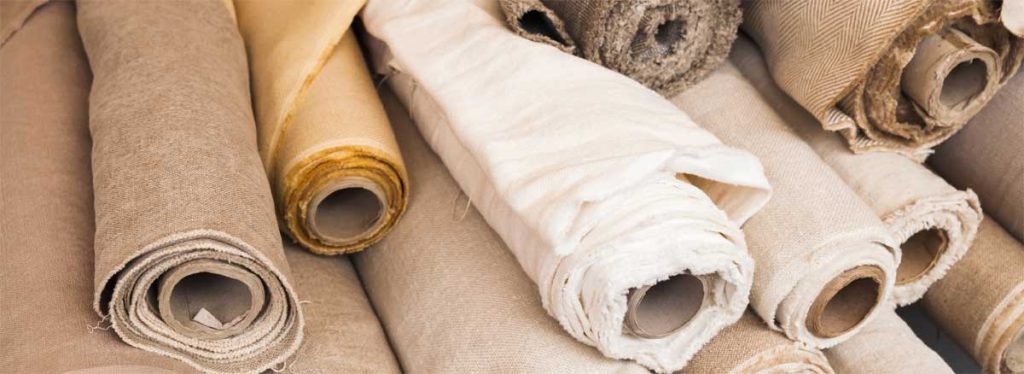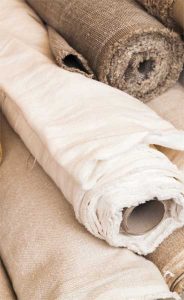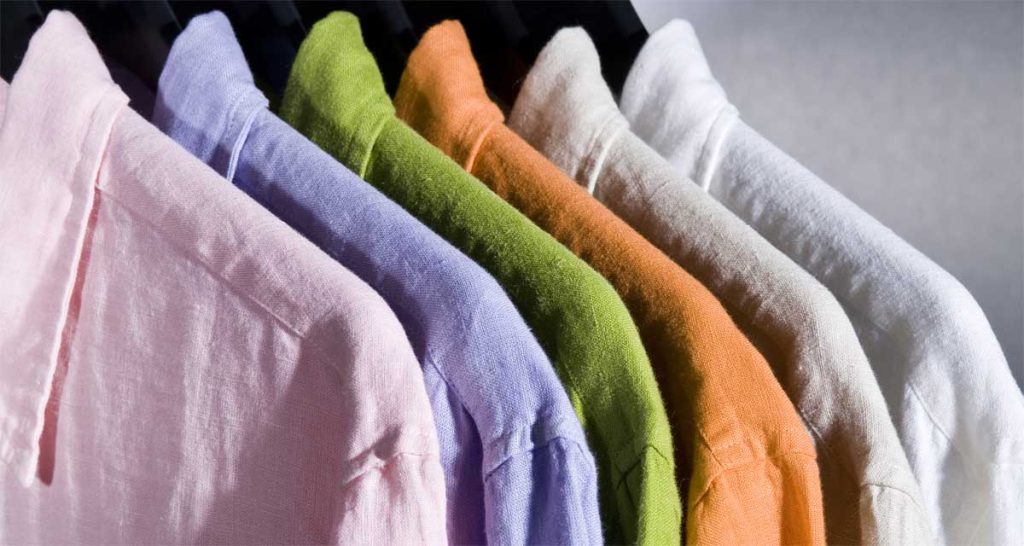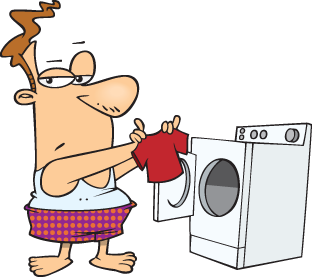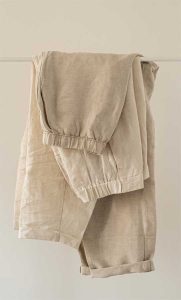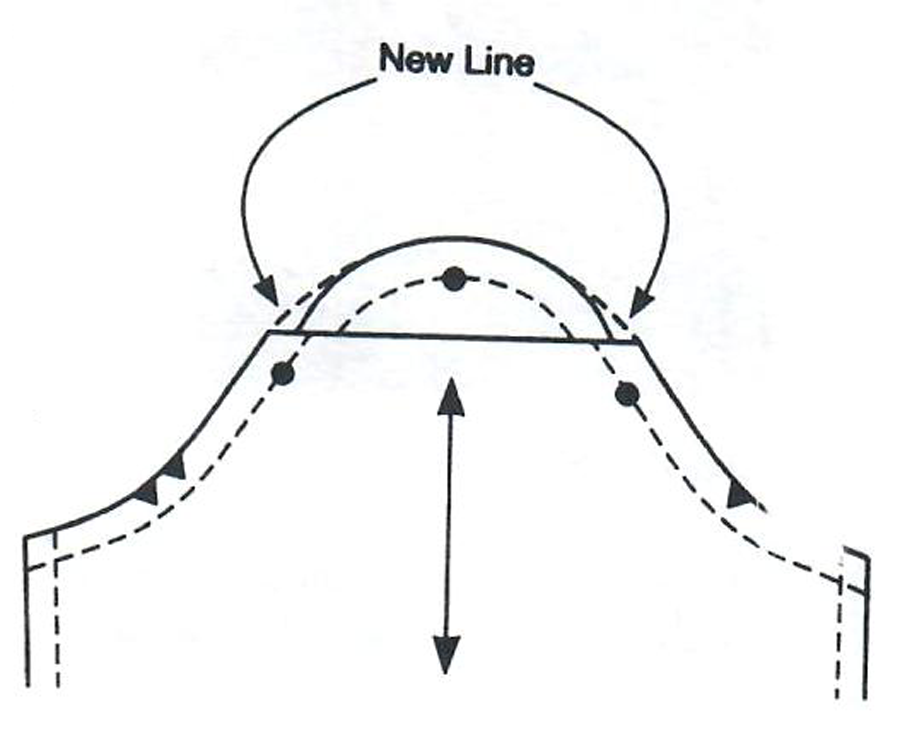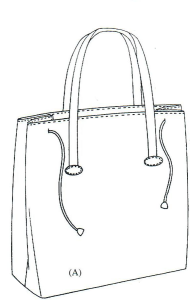 Here’s a simple canvas bag to take you into summer, yet is versatile enough to use the rest of the year as well! The basic 16″ x 14″ canvas bag, trimmed with faux leather, can be customized to create a bag that perfectly suits you. Add an embroidered monogram, spell out a child’s name with colorful fabric paints, or stencil pastel sea shells on off-white canvas to personalize the bag. (A)
Here’s a simple canvas bag to take you into summer, yet is versatile enough to use the rest of the year as well! The basic 16″ x 14″ canvas bag, trimmed with faux leather, can be customized to create a bag that perfectly suits you. Add an embroidered monogram, spell out a child’s name with colorful fabric paints, or stencil pastel sea shells on off-white canvas to personalize the bag. (A)
Faux leather trim adds a classy touch and is far easier to sew than real leather. It’s also durable, doesn’t crack easily, and is fade and stain resistant.
Read more (requires member login)
The complete version of this article is available on the ASG Members Only blog.
CLICK HERE to read the full article. Not a member? Join online!





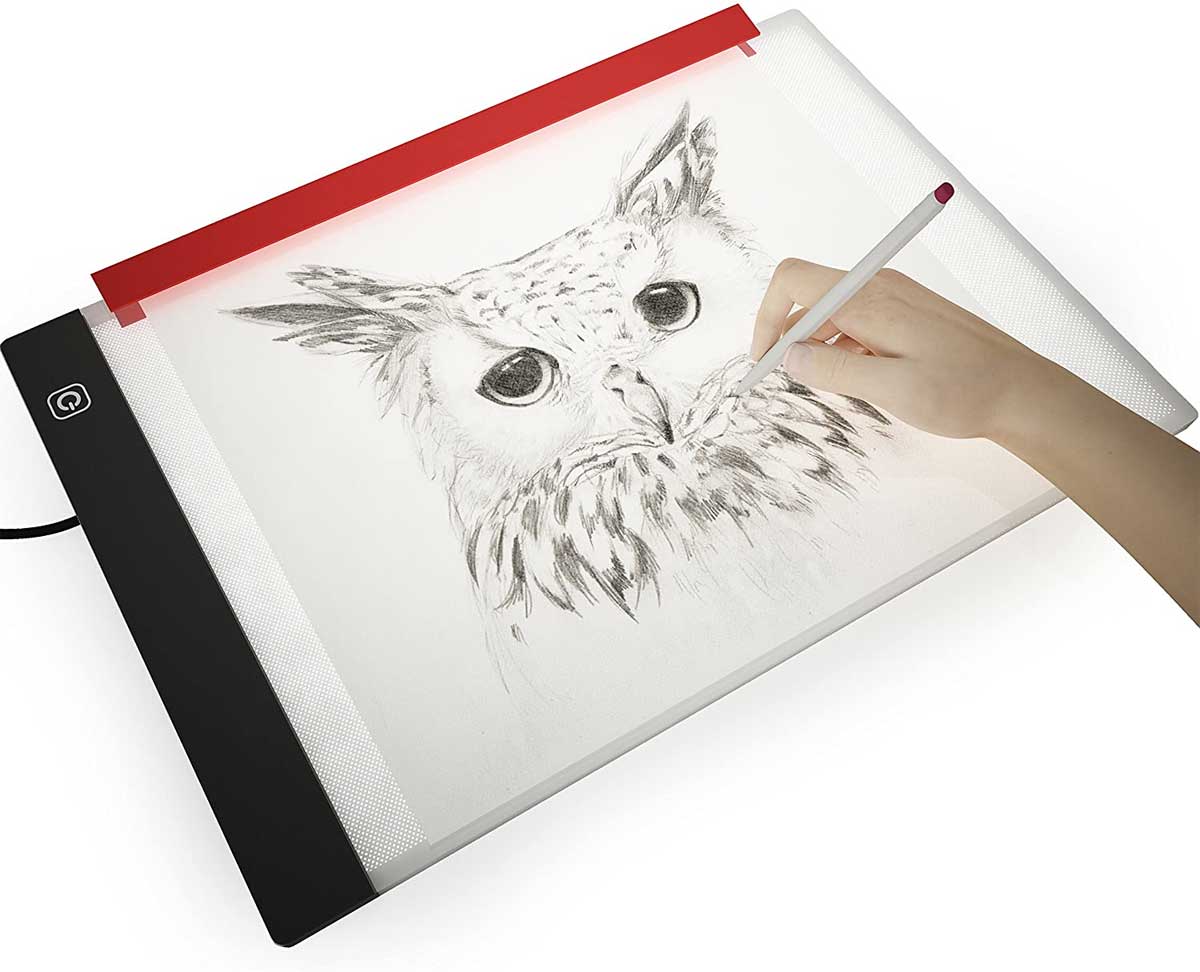
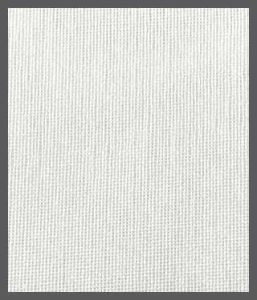
 A. When you fuse interfacing to fabric, it’s important that the entire surface is evenly covered with heat, pressure and sometimes moisture. Be sure to read the instructions that come with your brand of interfacing. It’s important to fuse one area at a time, then pick up the iron, move to the next section and overlap the first area. Each section requires holding the iron in place for the requisite amount of time for proper fusing.
A. When you fuse interfacing to fabric, it’s important that the entire surface is evenly covered with heat, pressure and sometimes moisture. Be sure to read the instructions that come with your brand of interfacing. It’s important to fuse one area at a time, then pick up the iron, move to the next section and overlap the first area. Each section requires holding the iron in place for the requisite amount of time for proper fusing.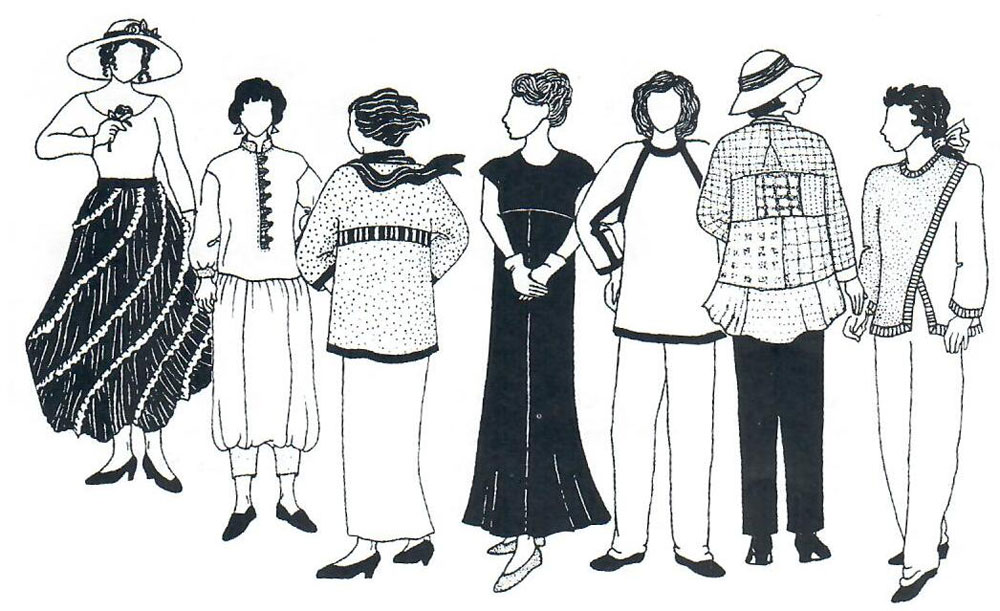
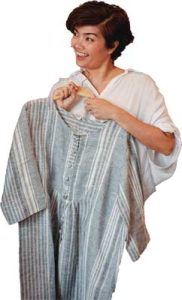 Fabric
Fabric
